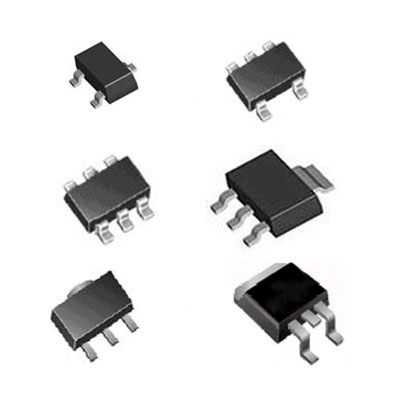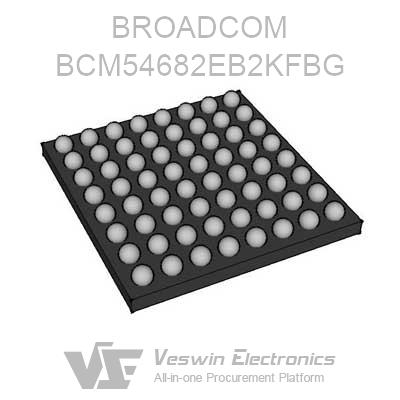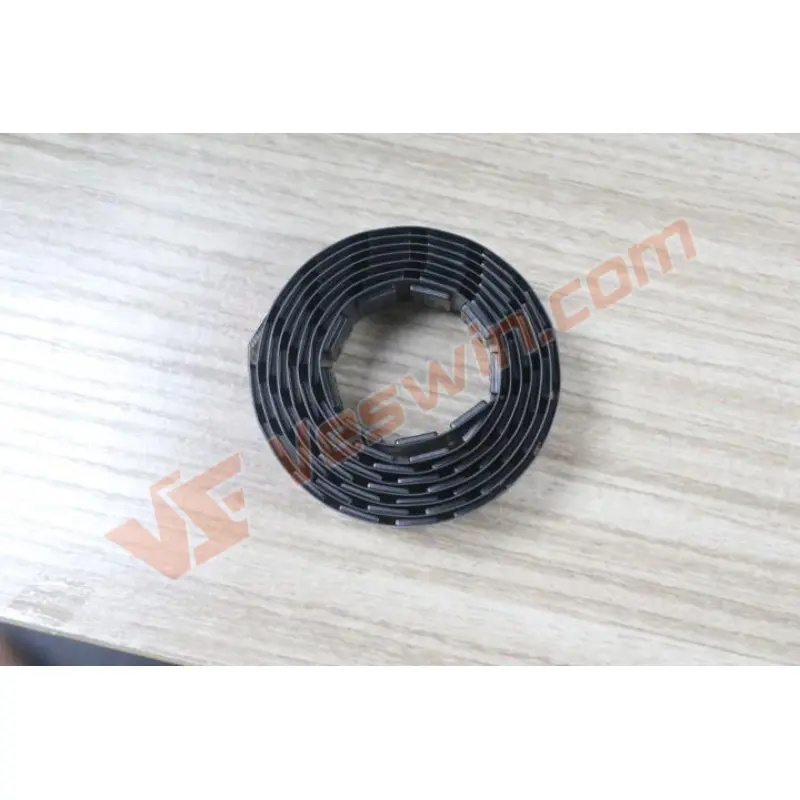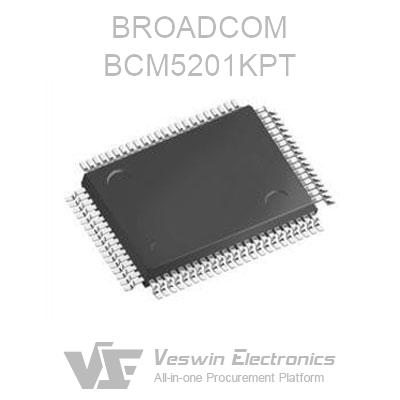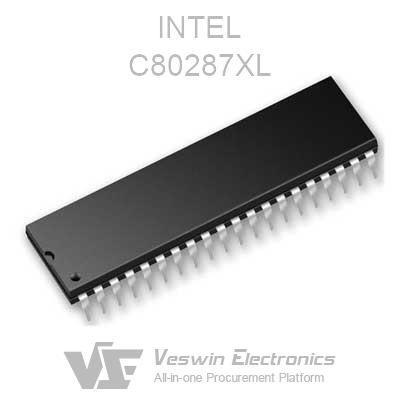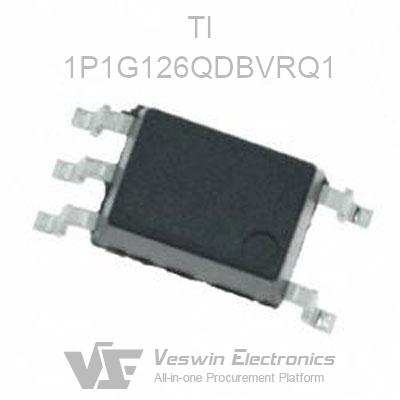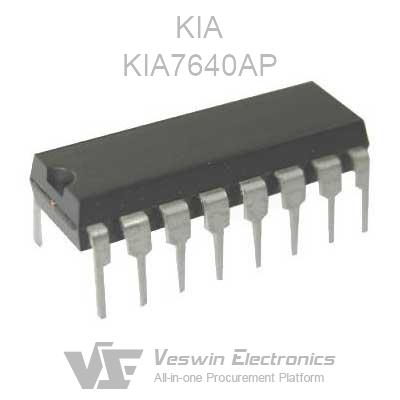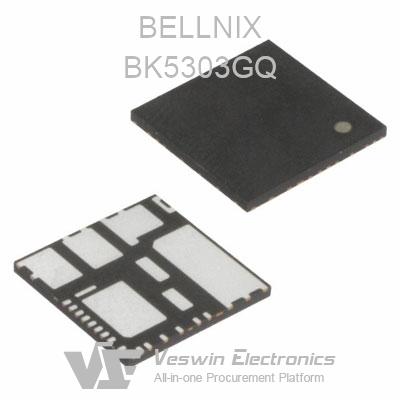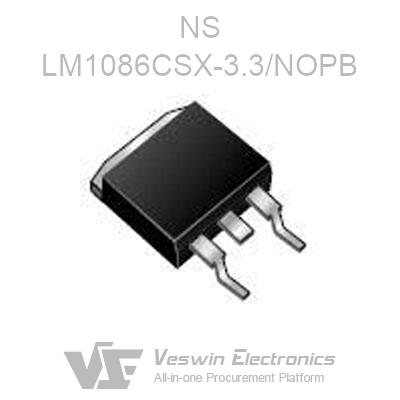ASIC stands for Application-Specific Integrated Circuit. It is a type of integrated circuit (IC) that is designed for a specific purpose or application rather than being a general-purpose device. ASICs are customized to perform a particular function, and they are widely used in various electronic systems and devices.
Key characteristics of ASICs include:
Application-specific: ASICs are designed to perform a specific task or set of tasks, such as encryption, signal processing, or data mining. Unlike general-purpose processors, ASICs are tailored for a particular application.
Integrated Circuit: ASICs are implemented as a single integrated circuit, which means that all the necessary components and functions are combined into a single chip.
Customization: ASICs can be highly customized to meet the exact requirements of a specific application. This customization often involves optimizing the circuit design for performance, power consumption, and other parameters.
Efficiency: Because ASICs are purpose-built for specific tasks, they can be more efficient than general-purpose processors for those tasks. This efficiency comes from the optimized design and the elimination of unnecessary components.
FPGA stands for Field-Programmable Gate Array. Unlike ASICs (Application-Specific Integrated Circuits), FPGAs are programmable integrated circuits that can be configured and reconfigured by users or designers after manufacturing. This flexibility makes FPGAs versatile and suitable for a wide range of applications.
Key characteristics of FPGAs include:
Programmability: FPGAs can be programmed to implement a variety of digital circuits and functions. This programmability allows designers to adapt and modify the functionality of the FPGA to meet specific application requirements.
Configurable Logic Blocks (CLBs): FPGAs consist of an array of configurable logic blocks, which can be interconnected and programmed to implement different digital circuits. These blocks typically include look-up tables (LUTs), flip-flops, and other logic elements.
Interconnects: FPGAs have a flexible interconnect structure that allows designers to create custom connections between the configurable logic blocks. This interconnectivity enables the implementation of complex digital designs.
Reconfigurability: Unlike ASICs, which have a fixed design, FPGAs can be reprogrammed multiple times. This makes them suitable for prototyping, testing, and applications where flexibility is essential.
Rapid Prototyping: FPGAs are often used in the early stages of product development for rapid prototyping and testing of digital designs before committing to ASIC development.
Parallel Processing: FPGAs are well-suited for parallel processing tasks due to their parallel architecture. This can lead to high-performance solutions in certain applications.
ASIC (Application-Specific Integrated Circuit) and FPGA (Field-Programmable Gate Array) are two different types of chips that have unique characteristics compared to CPU (Central Processing Unit) and GPU (Graphics They have unique characteristics compared to CPUs (Central Processing Unit) and GPUs (Graphics Processing Unit).
ASICs are fully customized chips whose functionality is fixed at the design stage, similar to the use of molds to produce toys. Once the design is complete, it cannot be modified. In contrast, FPGA is a semi-customized chip, similar to building toys using Legos, and can be modified by reprogramming the functions after getting started, providing a high degree of flexibility and reconfigurability.
In terms of design tools, ASICs share many of the same tools as FPGAs. However, in terms of the design flow, FPGAs are relatively simplified, omitting some of the manufacturing and design verification steps in the ASIC flow, which is only about 50-70% of that of an ASIC. Unlike ASICs, FPGAs do not need to go through a complex flow process, resulting in relatively short development cycles of a few weeks or months.
Although FPGAs do not require a one-time engineering expense (NRE) for pre-fabrication and programming, as general-purpose devices they are typically 10 times more expensive than ASICs. This means that FPGAs may be more affordable at lower production volumes, while at higher production volumes, the one-time engineering costs of ASICs are leveled out, resulting in lower ASIC costs. This is analogous to molding costs, where the cost of opening a mold is higher, but becomes more cost effective as sales volume increases.
Overall, the 40W of chips shown in the figure is a cut-off point between ASIC and FPGA costs. When the production volume is below 40W, the FPGA cost is lower, while when the production volume exceeds 40W, the ASIC cost is more advantageous as the one-time engineering cost of the ASIC is spread out.
From the point of view of performance and power consumption, ASIC as a dedicated customized chip has obvious advantages, while FPGA as a general-purpose editable chip has certain redundant functions, resulting in relatively weak performance and high power consumption.ASIC's tailor-made customization and the use of hardwired design make it stronger performance and lower power consumption.
FPGAs and ASICs are not simply competing, but rather playing to their respective strengths in different niches. FPGAs are often used for product prototyping, design iteration, and some low-volume, application-specific applications, especially for products that require shorter development cycles. FPGAs are also commonly used in the verification process of ASICs.
ASIC is mainly applied to chips with large design scale and high complexity, or products with high maturity and high yield. It is more applicable in commercial applications in the fields of communications, defense, aviation, data centers, medical, automotive and consumer electronics.
From a commercial point of view, FPGA was applied earlier in the communication field for base station processing chips, core network coding and protocol acceleration. As the technology matures, communication equipment vendors are gradually adopting ASIC substitution to reduce costs. Among the popular technologies in recent years, such as Open RAN, many use general-purpose processors (e.g., Intel CPUs) for computation, but their energy consumption is far inferior to that of FPGAs and ASICs, which is one of the reasons why some equipment vendors are reluctant to follow Open RAN.
In the automotive and industrial sectors, FPGAs are mainly used in areas such as advanced driver assistance systems (ADAS) and servo motor drives due to their latency advantages.
From a theoretical and architectural point of view, ASICs and FPGAs have significant advantages in terms of performance and cost compared to CPUs and GPUs, which use the von Neumann architecture and need to go through the steps of storing, decoding, and executing, while FPGAs and ASICs use the Harvard architecture, which doesn't involve instruction storing and shared memory, and has higher performance and lower power consumption.
The logic unit of FPGA is determined during programming, which belongs to the hardware implementation of software algorithms, which is more efficient compared to GPU. Since FPGA has almost no control module, most of its modules are ALU operation units, which makes its ALU operation units account for a higher proportion than GPUs, and thus FPGA's operation speed is faster from a comprehensive point of view. In addition, the power consumption of FPGA is relatively low, usually only 30~50W, much lower than GPU.
The high power consumption of GPU mainly comes from memory reading, its memory interface bandwidth is extremely high, but the energy consumed to read DRAM is higher compared to FPGA. In addition, the relatively low operating frequency of FPGAs, which is mainly limited by wiring resources, also makes them consume less power. In terms of latency, GPUs need to divide different training samples into batches for processing, whereas FPGAs use a batchless architecture, making their latency more favorable.
However, despite the theoretical and architectural advantages of ASICs and FPGAs, GPUs have achieved great success in AI computing. This is largely attributed to GPUs' extreme pursuit of arithmetic performance and scale, as well as their relative neglect of cost and power consumption. NVIDIA has hardened its arithmetic power by continuously increasing the number of GPU cores, operating frequency, and chip area, and has formed a strong ecosystem through the CUDA framework, making GPUs a popular choice for widely used AI computing.
Compared to the complex development process of FPGAs and ASICs, the CUDA framework for GPUs provides an accessible development environment for beginners and has accumulated a strong user base. Although the power consumption of GPUs is high, it is controlled by the process manufacturing and passive cooling means such as water cooling, which does not hinder its application in AI computing.
In the field of AI training, GPUs are able to significantly improve efficiency due to their strong arithmetic power. In the field of AI inference, since the input is usually a single object, for less demanding cases, enterprises may choose cheaper and more power-saving FPGAs or ASICs for computation. As a result, GPUs dominate in scenarios where absolute performance of arithmetic power is sought, while FPGAs and ASICs become more cost-effective choices in scenarios with less demanding arithmetic power requirements.
Hot News
